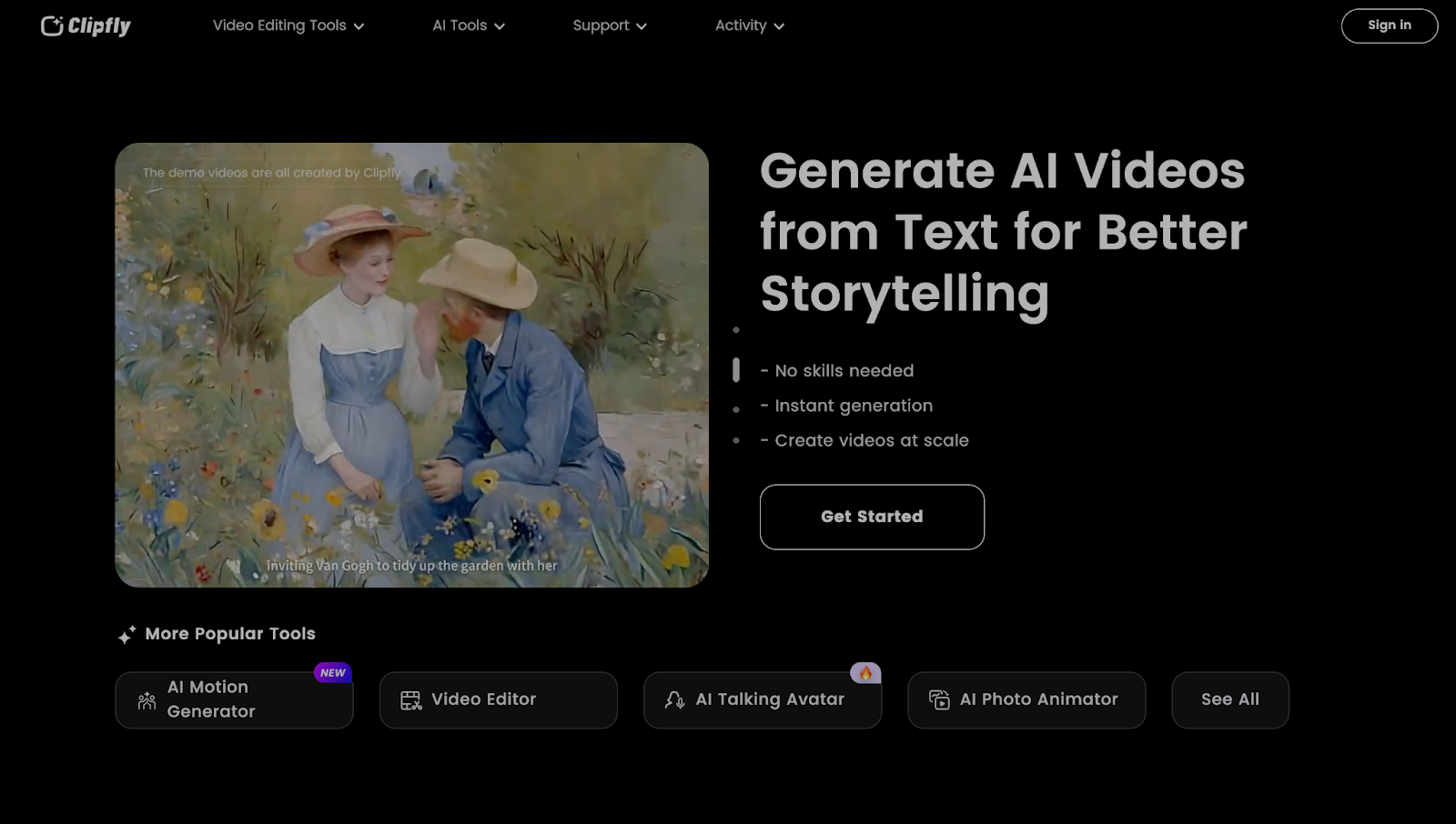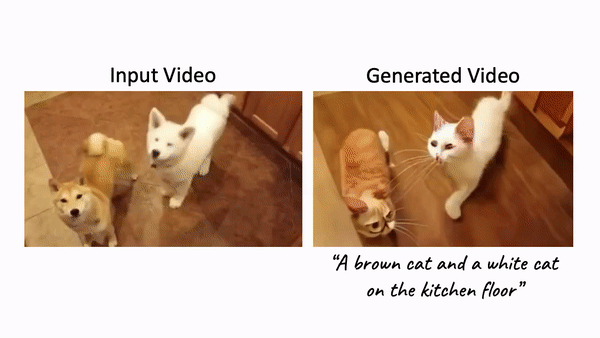Imagine a world where GPT-4 operates completely autonomously, working on autopilot without requiring step-by-step instructions. That world is no longer science fiction, thanks to an experimental application called Auto GPT. In this article, we will explore the inner workings of Auto GPT, the systems it accesses, and how to run it yourself. Embrace the future of AI with us as we delve into this exciting yet somewhat unsettling new technology.
Auto GPT: The Autonomous GPT-4 Experiment
Auto GPT is an experimental open-source application showcasing the capabilities of the GPT-4 language model. Unlike most existing applications that keep GPT-4 as a standalone system, Auto GPT combines GPT-4 with other open-source applications, enhancing its power and enabling it to perform tasks it couldn’t do in isolation. As an example, Auto GPT can autonomously develop and manage businesses to increase net worth, pushing the boundaries of what’s possible with AI.
A Fascinating Demo
The Auto GPT demo showcases the application in continuous mode, which is not recommended for general use. However, it demonstrates the application’s potential for achieving a specified goal without human intervention. In the demo, Auto GPT is tasked with inventing a unique, out-of-the-box recipe for an upcoming event. It browses the web, searching for events, and ultimately selects Earth Day as the focus of the recipe. Auto GPT then creates an Earth Day-themed quinoa salad with detailed ingredients and instructions, proving its ability to autonomously generate content and make informed decisions.
How Auto GPT Works
Auto GPT functions by accessing several systems simultaneously:
- Internet access and search engine communication: Auto GPT can access the internet, communicate with search engines, and collect information.
- Long-term and short-term memory management: The AI maintains context by retaining memory of past interactions.
- GPT-4 instances for text generation: Auto GPT uses GPT-4 for generating text.
- Access to popular websites and platforms: The AI can access and extract information from various sources.
- File storage and summarization with 3.5 GB of storage.
Running Auto GPT
To use Auto GPT, you’ll need Python 3.7+ and an OpenAI API key. If you want the AI to talk back to you, you can add an 11 Labs API key. Installation is simple: clone the repository, install the requirements, add the necessary keys in the environment, and run the application.
Conclusion
Auto GPT represents a significant leap forward in AI technology, allowing GPT-4 to operate autonomously and interact with multiple systems. While the potential applications are exciting, some may feel apprehensive about the repercussions of such powerful AI systems working without human oversight. As an AI engineer, it’s thrilling to see where this technology is heading, but it’s also essential to consider the potential consequences. If you’re interested in using Auto GPT commercially, please support the developer through GitHub sponsorship or other means. Let us know your thoughts on the future of autonomous AI and its implications in the comments below. Happy prompting!




